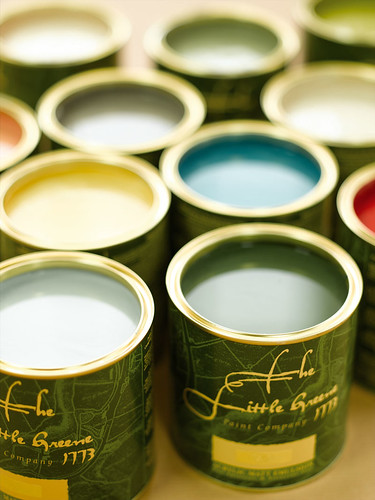Interiors aren’t merely about color schemes, themes or matching the right furniture pieces. Painting has gradually gained momentum, from mere splashes of color to patterns and even backgrounds. Instead of a wall just boasting of one or two shades, a background can cause a stir be it in your living room, bedroom or children’s room. Underwater backgrounds are soothing since they are in comparatively light tones and use a lot of blue.

Things to get before you begin
- Latex paints with satiny feel (white for base coat, light aqua shade for the water, blue, two slightly contrasting shades of a beige color)
- Paintbrush and rollers
- Glaze and covers
- Paint pails and paint tray as well as a liner
- Painter’s tape (blue)
- Sea sponge
How to get the look
- Apply the white base paint evenly and leave to dry. Try selecting a wall where light falls or is more suited to be a focal point. If you intend to do the entire room, make a visual chart of how it is to look.
- Mark the bottom of the underwater background which can be represented by a sandy sea bed.
- Take the painter’s tape and use it to design sloping moulds of sandy layers in a gently looping pattern around the room or on the particular wall. Carefully tape off the baseboards.
- Grab a paint pail and add some plain glaze to it and some aqua paint into the other. This is for the water. Begin from the top and gradually work your way down till you have covered a sizable portion with the glaze. Use another brush for the aqua paint and run it over the glaze you have just brushed on the wall in horizontal sweeps.
- For a more life-like effect, let the aqua dense gradually. Let the top layer have just a touch of semi-transparent aqua for the transparence of water meeting with sunlight effect. As you work your way towards the bottom, be more liberal with the aqua for a murkier effect.
- Put on more paint to the glazed part at the bottom of the wall and you’ll find the color darkens. Have a rolling curvy brushstroke motion to imitate the breaking of water and add a touch of darker stroke for added dimension.
- In the middle you can begin to introduce touches of blue to indicate a subtle transition of color shade. Add some glaze to the regions where the aqua paint is at its darkest and also blue tints to it.
- Slowly work your way to the bottom of the wall lessening the glaze as the aqua region is covered with blue and finish off with pure blue tones.
- Once you’ve got the water done, remove the tape. Be sure to do so when the paint is wet, otherwise it might snag off some film as well.
- To finish, roll in the beige of lighter tone on wall area beneath the water line. While this is still wet, add on the darker beige at the baseboard region and gently move a sea sponge over the still wet dark and light beige paint for a more textured effect.
Dwayne is a reporter. He recently came across a story which took place in a bathroom due to darkness in it and caused serious harm. In his report he advised to have the proper bathroom lights so to avoid any accidents. He then came to know an exquisite, safe and elegant bathroom lights from Victorianplumbing.co.uk and suggested to have them for better exposure and lovely decoration.
